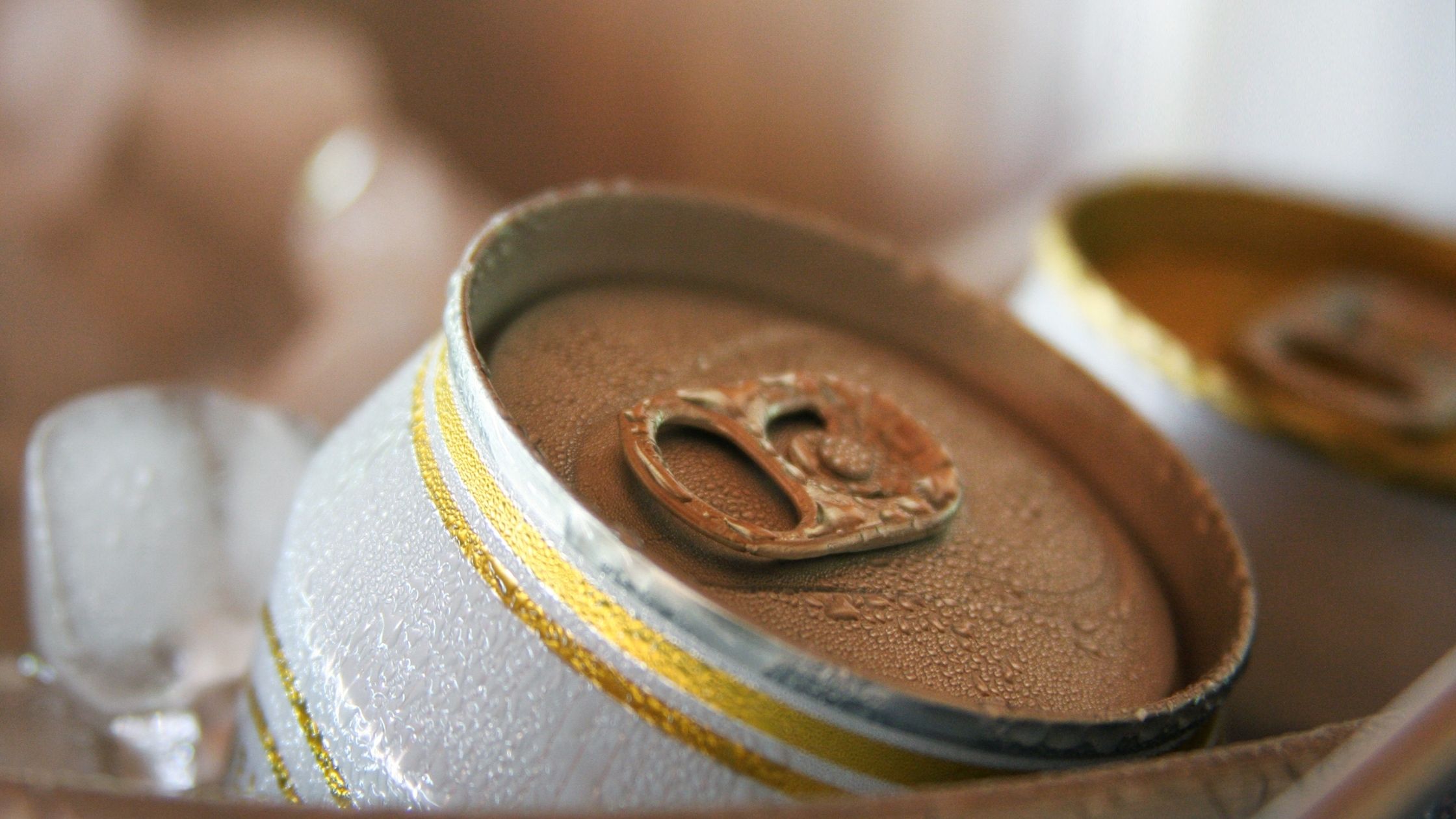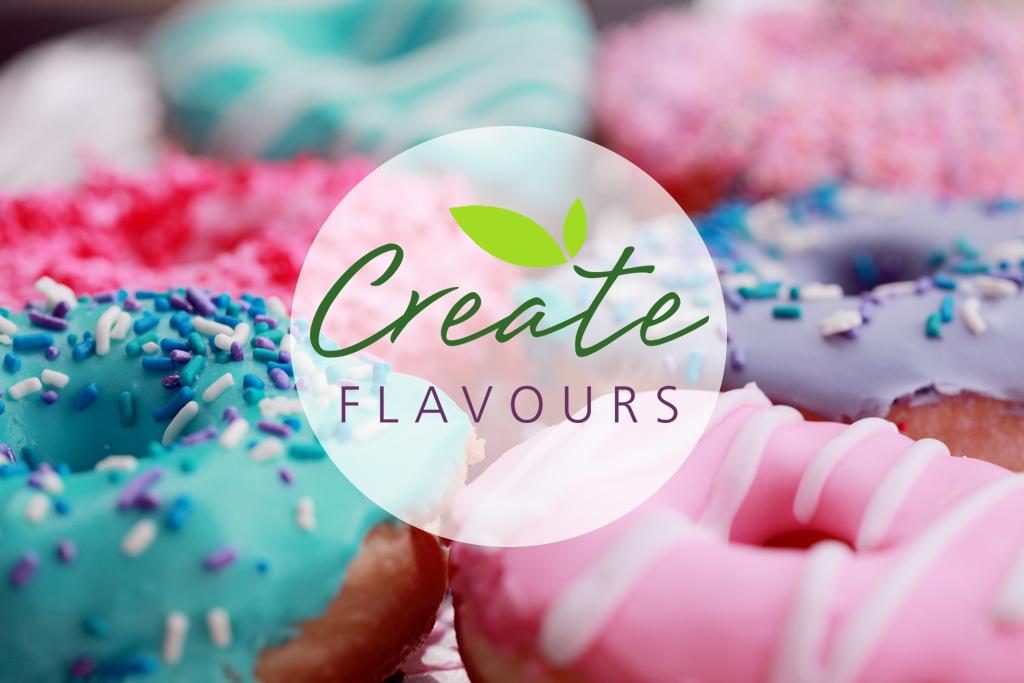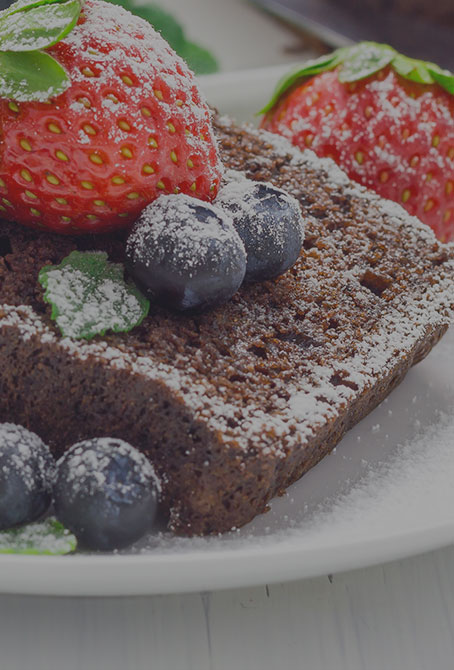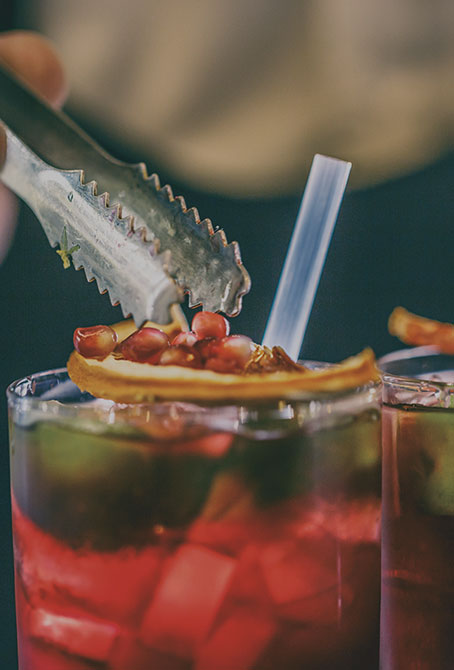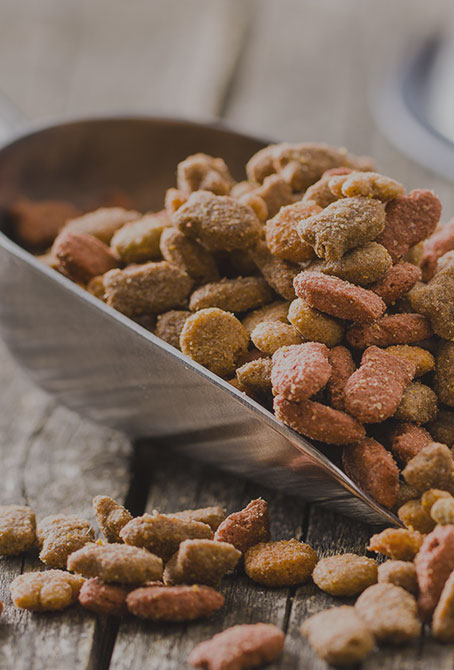There is no doubt, by now, that hard seltzers are a huge successful story, mainly on the US market: less than five years back, the category did not exist at all. According to Rabobank, they account now for 10% of the total beer market in the United States, with $4bn sales, and Goldman Sachs’ estimate projects them at 20% of the total beer market within 5 years. Definitely not bad, considering that beer sales – market hard seltzers belong to – are sluggish or declining for a number of factors, including the pandemic and the heavy drop in “on premise” sales.
What are hard seltzers? It is easily explained: they are a blend of carbonated water, alcohol, fruit flavours – mainly – and sugars, with an ABV between 1.0% and 6.9%. They have less calories compared to beers and other mixed drinks, and most of all they are naturally gluten-free: they are particularly appealing for consumers interested in reducing calorie and carbohydrate intake or have problems with gluten. Moreover, they are clearly gender-neutral. Packaging plays a central role too: they come in metal cans, fully recyclable and easily portable or suited for on-the-go consumption, which are two growing trends amongst today’s consumers.
The reasons behind the hard seltzers’ success
Hard seltzers’ success will not be limited to the United States: the demand for products with low alcohol content and naturally gluten-free is growing in other markets too, particularly those with high saturation such as Australia, United Kingdom and South Korea. The growing number of brewers who decide to launch their hard seltzer range clearly confirms the trend, as do heavy investments in product development and communication: the range of available products and flavour variants becomes broader every day, and the positioning is clearly appealing for the younger generations, such as late Millennials or Gen-Z.
They offer an easily approachable, easily drinkable low alcoholic beverage, rich in options and aromatic variants. And the brewers are fully aware of the potential. Investments in new, dedicated and better performing production lines are pouring even though the market is already much more fragmented than back in 2019, the demand for hard seltzers is bound to grow further, as is the available shelf-space. Not to mention that production costs are a lot lower compared to beer – sugar prices are lower than those of malt and hops – but hard seltzers are sold as premium beer products: a good margin for manufacturers!
Perspective for growth
In a world still facing pandemic restrictions and lockdowns in multiple countries, the offer of convenient products, easy to transport and drink in different places and occasions, with a variety of options in terms of flavour and alcoholic content, could be key to restore consumer trust, and recover market shares that have been lost to new consumption habits and patterns, more oriented to home cocooning and off trade.
At AromataGroup, we have been observing the market evolutions and trends in the hard seltzer segment, and thanks to the experience of our sister companies within the Nactarome Group, we can offer a complete range of flavours and colours perfectly suited to this kind of application and to the consumer preferences, with a high level of stability, brightness and intensity. And this is not all: our beverage technologists and our sensory and consumer panel can work with you to develop unique references, tailored around your brand and your specific markets.





